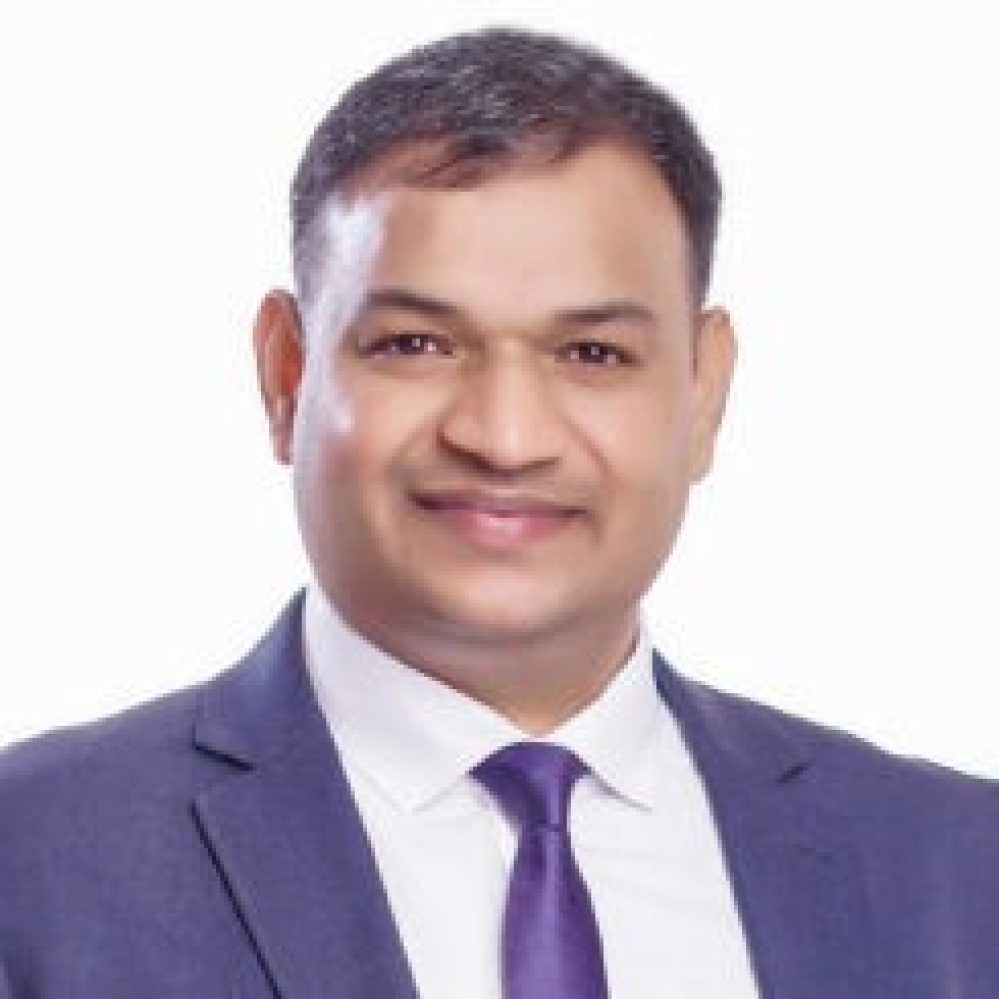Edit Content
Edit Content
Edit Content
Edit Content
Edit Content
Edit Content

Put simply, the term “metaverse” refers to the way the internet will function in the coming years. It is merely an illustration of how the internet will look in the next years. An online virtual environment is called the metaverse. It provides a virtual space for users to communicate, share, and produce content with one another. In addition, it lets users host events, go to virtual performances of music, own real estate, and do business.
Rules and regulations are necessary for both the actual world and the virtual world to operate properly. Intellectual property rights are necessary to safeguard people’s original ideas and to safeguard the freshness, inventiveness, and individuality of each person. It will allow the metaverse to function without interference from unlawful copying of the current intellectual property owners or abuse of brands.
The 1992 book Snow Crash by Neal Stephenson contains the first mention of the phrase “metaverse”.
Although the term “metaverse” lacks a legal definition, it can be roughly defined as a digital representation of the real world. The real world and this parallel digital universe interact and clash in certain ways. It is a virtual reality environment where users can play, socialise, and shop specifically, an online alternate reality that replicates the real world.
Even if real people govern a metaverse, the law governing the validity of actions performed by virtual characters is still developing and is not yet entirely established. Although there is a real sense of the metaverse, it serves as the foundation for the laws of the real world to apply. This raises a significant doubt and uncertainty regarding the rights of individuals that will be prioritised in the Metaverse. For instance, sexual harassment requires physical contact to occur, but there is no physical contact in the metaverse. This raises many questions about how this ambiguity will be resolved. Assault occurs when there is bodily harm, but here in the metaverse, there is no actual bodily harm to any person.
A trademark is an image that sets trademarked products and services apart from one another. In the metaverse, a symbol ought to have the same legal protections as it has in the real world. Because Metaverse provides a profitable environment for low-cost trademark promotion and marketing, it is essentially a blessing for firms that own trademarks. In the Metaverse, there have already been multiple cases of trademark infringement allegations.
The quantity of patent applications pertaining to the metaverse has increased during the last ten years. Three verticals must be followed when handling patents in Metaverse: The first category consists of patents for the Metaverse technology itself, which may be further divided into the software and hardware technologies needed to build unique, personalised Metaverses.
Since the Metaverse cannot be patented as a whole, many patent applications for software, augmented reality, and virtual reality technologies are being filed. Second, they may be violated by what is referred to as “virtualization of patents,” which is the use of devices or technology that are already patentable within the Metaverse. Especially fascinating is the third vertical, which covers the patents created by avatars in the Metaverse.
The software tools that have the most copyrights associated with them are those that were utilised to construct the Metaverse. Since these virtual worlds are a kind of “combinatorial innovations,” which incorporate various musical, artistic, literary, sound, and dramatic works, copyright claims are also made on an individual basis. The infinite number of works that can be created in the Metaverse makes copyright claims very intriguing.
The Berne Convention, which lays out the minimal requirements for copyright protection in the majority of nations worldwide, is one of the international accords that serve as the foundation for the legal system protecting intellectual property (“IP”) in the metaverse. In order to adjust to the digital world, other agreements have been made, such as the 1996 WIPO Copyright Treaty. The WIPO Copyright Treaty’s Agreed Statement about Article 1(4) makes it clear that keeping a copyright-protected work in digital form in an electronic medium—like an NFT or a file that is shown in the metaverse—requires prior consent from the copyright holder. Therefore, before producing and exhibiting any virtual assets based on protected works, it is imperative to seek permission from the copyright owners.
Despite the challenges of IP ownership in the metaverse, there are significant opportunities. The metaverse offers a vast market for digital goods and services, and IP owners can potentially monetize their creations through licensing and sales. Additionally, the metaverse provides a platform for creators to showcase their work and build their brands, potentially leading to opportunities for collaboration and new business ventures.
The metaverse presents both challenges and opportunities for IP law. Protecting the IP in the metaverse requires careful consideration and a willingness to adapt. By taking steps to register IP, monitor for infringement, license IP, and create terms of service agreement, one can help ensure that the rights are protected in this exciting new world.
For more information or queries, please email us at
[email protected]

Managing Partner
Chandrawat & Partners is a prominent full-service firm dedicated to delivering top-tier professional services to clients both within the domestic and international spheres.
Copyright © Chandrawat & Partners. All Rights Reserved.
Copyright © Chandrawat & Partners. All Rights Reserved.

Chandrawat & Partners stands as a dynamic and rapidly expanding full-service firm, specializing in the delivery of exceptional professional and corporate services to a diverse clientele, both foreign and local. We proudly represent companies and individuals across a wide spectrum of sectors through distinct entities established in various countries worldwide.
Chandrawat & Partners stands as a dynamic and rapidly expanding full-service firm, specializing in the delivery of exceptional professional and corporate services to a diverse clientele, both foreign and local. We proudly represent companies and individuals across a wide spectrum of sectors through distinct entities established in various countries worldwide.
ASIA
AFRICA
EUROPE
NORTH AMERICA
SOUTH AMERICA
OCEANIA